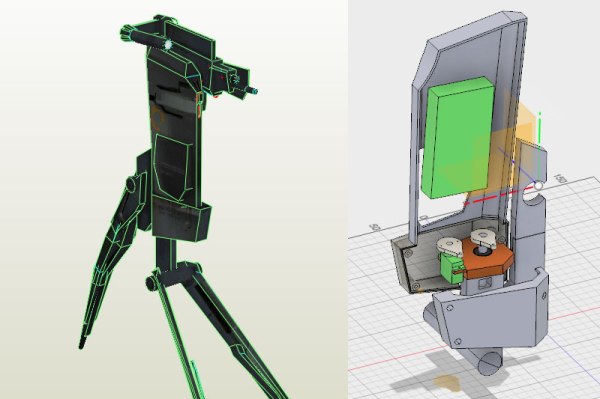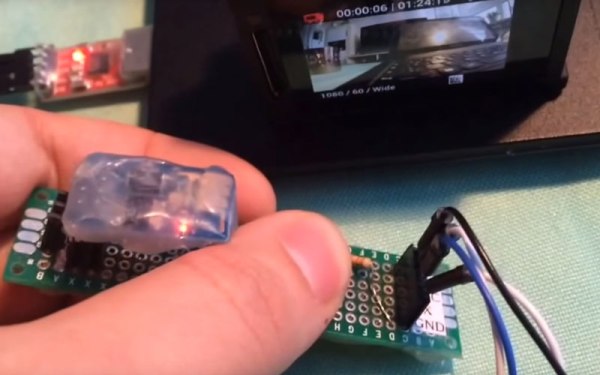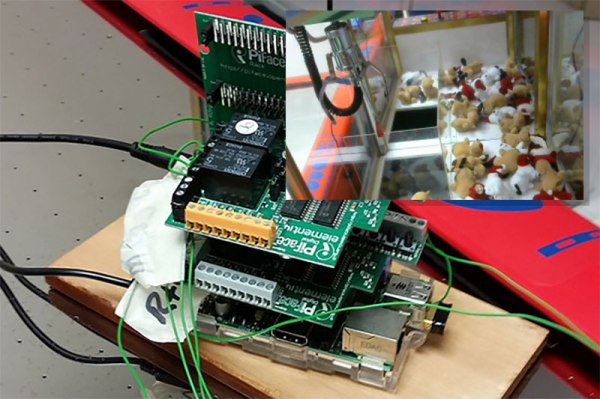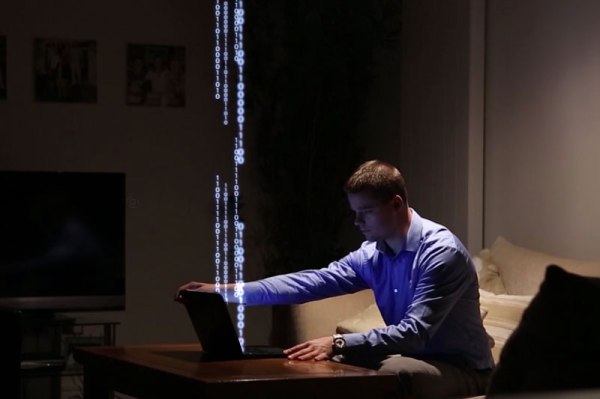To help expand his inter-dimensional empire, [Solderchips] has decided to build his own Half Life 2 turret. This, he hopes, will automatically track and shoot anyone who hinders the work of Our Benefactors. He’s documenting the process, and has just published his first step: creating a 3D model of the turret and printing it out. The final project will use a Raspberry Pi and a webcam to track rebels and fire on them automatically, especially those with crowbars.
He’s made a promising start, using a papercraft model of the turret to build the 3D model, then modifying it to accommodate the brains (the Raspberry Pi) and the brawns, a couple of small servos that will move the top of the turret around. The next step will perhaps be to add a tilt switch so that the whole thing falls asleep if it falls over. The thing to learn from this project, is that at some point you just have to stop thinking about it and actually make something. This paper model is a big step toward success compared to carrying around the dream in your head.
We’ve seen a few Portal Turret builds and a very nice Wheatley build, but not a decent Half Life 2 turret build, so hopefully [Solderchips] will see this through to completion and release all of his files.

















